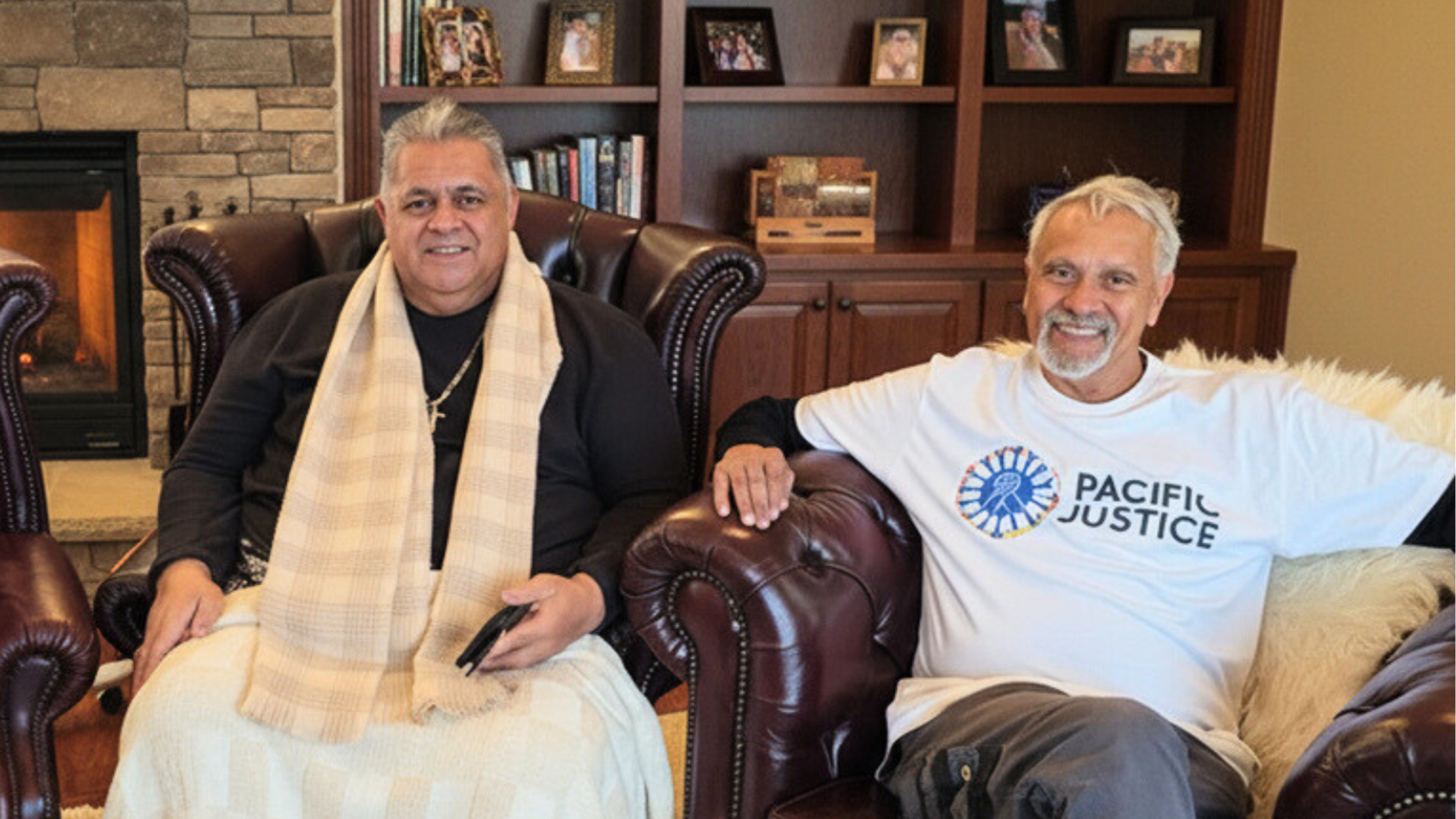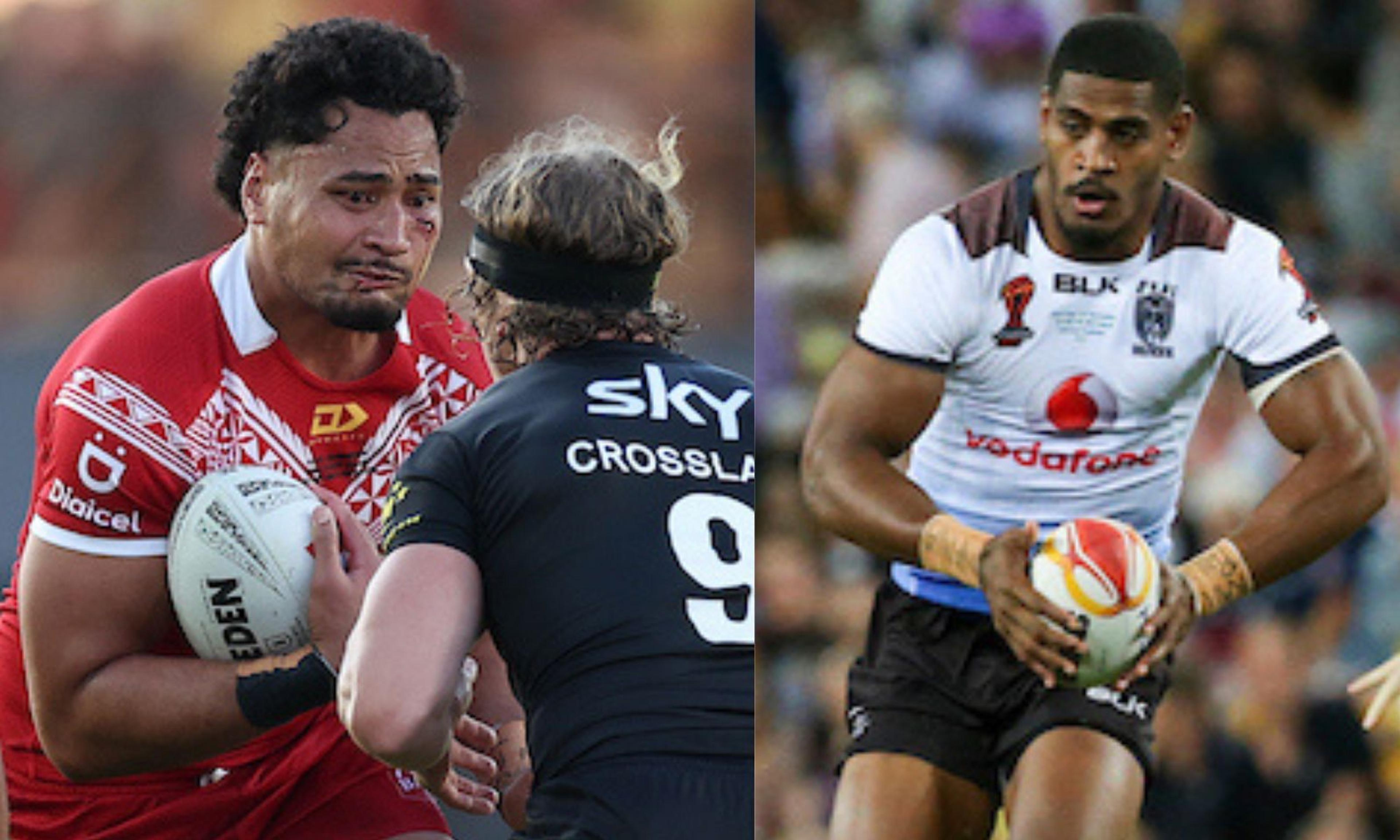

Dr Lilo Oka Sanerivi.
Photo/Mātai Medical Research Institute
Third space: Improving physiotherapy through Sāmoa's unique culture
Inspired by the ceremonial Sāmoan dance, taualuga, Dr Lilo Oka Sanerivi is introducing a culturally safe framework that integrates eurocentric physical health with collective well-being.



Laaulialemalietoa pledges to raise Pacific visa issue with New Zealand government

Storm team-mates caught in concussion controversy during Pacific Championships

Confidential documents reveal Pacific Ministry raised concerns over census overhaul


Ōtara 'locked out' in stoush over local govt board leadership roles

Laaulialemalietoa pledges to raise Pacific visa issue with New Zealand government

Storm team-mates caught in concussion controversy during Pacific Championships

Confidential documents reveal Pacific Ministry raised concerns over census overhaul
What is missing in physiotherapy for Pacific people? Cultural care - a gap that a Tongan-Sāmoan and Pacific PhD candidate aims to address.
Dr Lilo Oka Sanerivi’s thesis, Le Taualuga o tausiga (The epitome of care): In search of Sāmoan cultural safety in physiotherapy, has made him the first Pacific person at the University of Otago to attain a PhD in physiotherapy.
As a PhD Researcher at the Centre for Health, Activity, and Rehabilitation Research, Sanerivi focuses on the lack of culturally safe physiotherapy practices, which is often grounded in Western methodologies.
Sanerivi says integrating non-Western and indigenous cultures, like fa’asāmoa (the Sāmoan way), with Western academia has always been challenging.
“The history of physiotherapy was closely linked with medicine, and so we leaned on medicine to get our legitimacy as a profession,” he says.
“Because of that, physios are now the rehabilitation specialists in modern health services systems right around the world. But what that also means is that it privileges European ways of knowing and being, understanding of health, of the body, which is really biomedical.
He says this hyper-focus on the body leaves “no space for the spiritual”. Although that lens has its merits in areas like surgery, anatomy, and physiology, it neglects the nurturing of other important elements, such as cultural relationships, including le vā (relational space).
“One of the challenges was actually striking: ‘Why does the profession privilege that information? That way of knowing? It’s really marginalised Indigenous systems of knowledge, including here, with Māori systems of knowledge in Aotearoa.”
Taualuga design
A key aspect of Sanerivi’s thesis is the conceptual framework inspired by the Taualuga, a ceremonial Sāmoan dance.
He adapts familiar roles from this tradition to highlight that clinicians should function as support rather than the focal point in patient care. These include:
Taupou: At the centre of the model, the taupou reflects core Sāmoan values and the sacredness of the person. Their presence requires respect and care rooted in cultural and genealogical recognition.
Matai: The matai serves as a reminder that each person is connected to tamāle i‘aga (genealogy), reinforcing that care must be grounded in cultural respect and recognition of chiefly lineage.

Kelston Girls' College during their 2017 Taualuga and Exit performance for the ASB Polyfest’s Sāmoa Stage. Photo/YouTube/CoconetTV
Matua: The matua surrounds the patient with love, advocacy, and relational strength, reinforcing that well-being is collective and rooted in familial support structures.
Aiuli: Positioned to the side, not at the centre, the aiuli protects and clears the space around the taupou, dancing vigorously to elevate the whole performance. Similarly, clinicians bring their skills to enable collective health and uphold the dignity of the patient, not to dominate but to serve.
Au mū afi: Like the young men who run between the fire source and the stage, au mū afi ensure the space is lit and functioning. Their efficiency determines how well the collective engagement flows, impacting time, access, and the relational depth possible in a clinical setting.
“Similarly, physios are there to work as skilfully as they can to bring collective health and well-being,” Sanerivi says.
Inspiration for implementing culture
Sanerivi says that during his time as part of the medical response team for the 2019 measles outbreak, he experienced a “God moment” where he realised that his upbringing shaped his ability to connect with his people.
“I realised the way that I go about physiotherapy, talking in our language, respectfully navigating their health journey and supporting them through that, wasn't taught to me in my undergraduate training,” he says.
“That was taught to me by the EFKS South Church of Petone, my parents, my family in the Pacific and those ways of knowing and being embedded in us before we reach university.”
The realisation sparked his journey towards postgraduate research, which started as a Master’s project and was later upgraded to a doctoral study.

Five years after the measles epidemic in Sāmoa, 87 per cent of children received their first dose of the measles vaccine with 75 per cent receiving their second dose. Photo/Facebook/UNICEF Pacific
A third space
When asked by an examiner if physiotherapy can still be helpful for Pacific people, considering its Westernised framework, Sanerivi says, “I believe that it can be”.
“I think there is a third space that we can explore that brings the best of our traditional Indigenous healing knowledge and the best of physiotherapy professional knowledge.

Dr Lilo Oka Sanerivi with supervisors from the University of Otago: From left, Faumuina Professor Fa'afetai Sopoaga, Chris Higgs, and Professor Leigh Hale, right. Photo/Dr Lilo Oka Sanerivi
“My hope is that my work, where there’s a model that I constructed from the wisdoms of the participants in my study, presents a paradigm of relationality, of health engagements that look very different to the clinician-patient relationship.
“But it is one that celebrates family, spirituality, celebrates a Sāmoan context, the chiefly system, the fa’amatai system, and how prevalent that is in decision making in our families. Hopefully, that will help them in better serving Sāmoan and Pacific families.”
Watch Dr Lilo Oka Sanerivi’s full interview below.